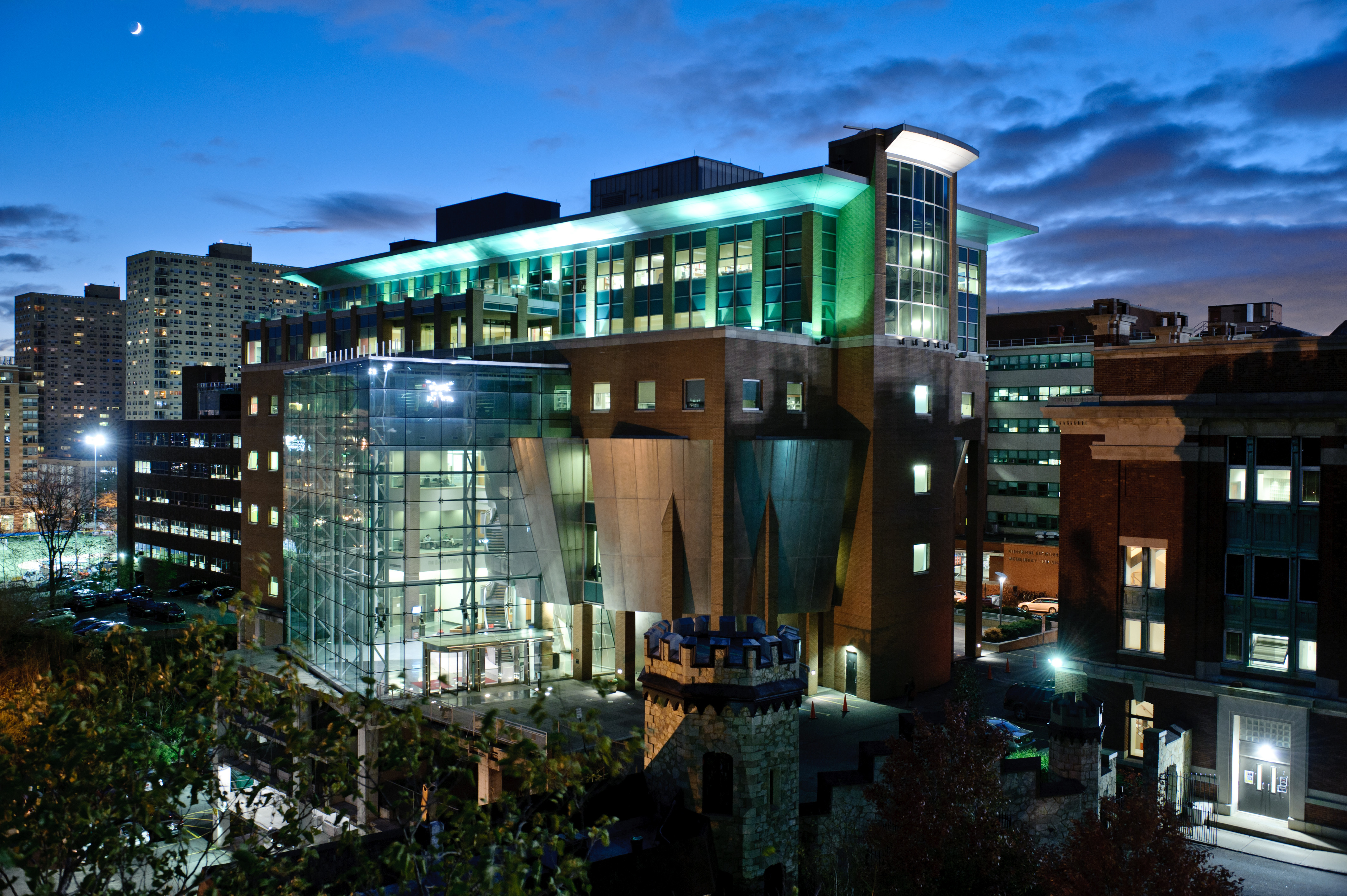Flushed cheeks, sweaty palms, increased libido, giddiness, or the need to cuddle up with someone special? Love has always felt like an inexplicable, mysterious force rooted in the heart. It’s dictated centuries of human life and culture on Earth. In an instant, you can find your thoughts and impulses being influenced by the actions and existence of another individual.
But I assure you that thanks to science, one can quickly categorize the complicated concoction of chemicals that comprise our cravings for companionship.
According to American anthropologist and human behavior researcher Dr. Helen Fisher, the process of “falling in love” can be split into several stages: lust, attraction, and attachment. Each stage is identified by a different set of hormones and signals set off in your brain.
Lust has an evolutionary basis: our innate need to reproduce. Sex hormones, such as testosterone and estrogen, are produced by a small region located at the base of the brain, called the hypothalamus. Along with an increase in sex drive, the release of these hormones is capable of affecting your body temperature, appetite, sleep, and growth.
The next stage of love, known for being the honeymoon and “crazed and can’t-think-of-anything-but” point of a relationship, is centered on attraction and passion. Dopamine and norepinephrine are neurotransmitters that flood your brain, acting as a chemical messenger between neurons, heightening your attention and producing feelings of bliss and excitement. Dopamine is especially known for playing a major role as a motivational component in reward-based behavior, which is why couples at this stage often desire to focus intently on their relationship.
Coupled with rising levels of dopamine and norepinephrine is a striking decrease in the amount of serotonin, a key hormone necessary for stabilizing moods, and promoting feelings of happiness. A lack of serotonin can ultimately impact an individual’s well-being, causing depression, anxiety, or trouble sleeping.
In long-lasting relationships, the final stage of the process may lead to an increase in attachment, as infatuation dwindles with time. In a preliminary study by researchers at the University of California, San Francisco, the release of the hormone oxytocin during this phase is reported to be “associated with the ability to maintain healthy interpersonal relationships and healthy psychological boundaries with other people.” Additionally, your endorphins may kick in, providing you with a sense of security and stress relief.
Despite science’s ability to help us explain all these sensations that make up love, there is still much speculation regarding the reasons we are attracted towards certain people rather than others and why love fades quickly or even lasts as long as it does. It would be a mistake to conclude that this animalistic impulse is in any way simple.
So perhaps for those of us lucky to experience some form of it this Valentine’s Day, whether it be romantic, familial, or selfward, one can learn to revel in love’s intricate interplay within our minds and draw comfort from its chaos.

Be First to Comment